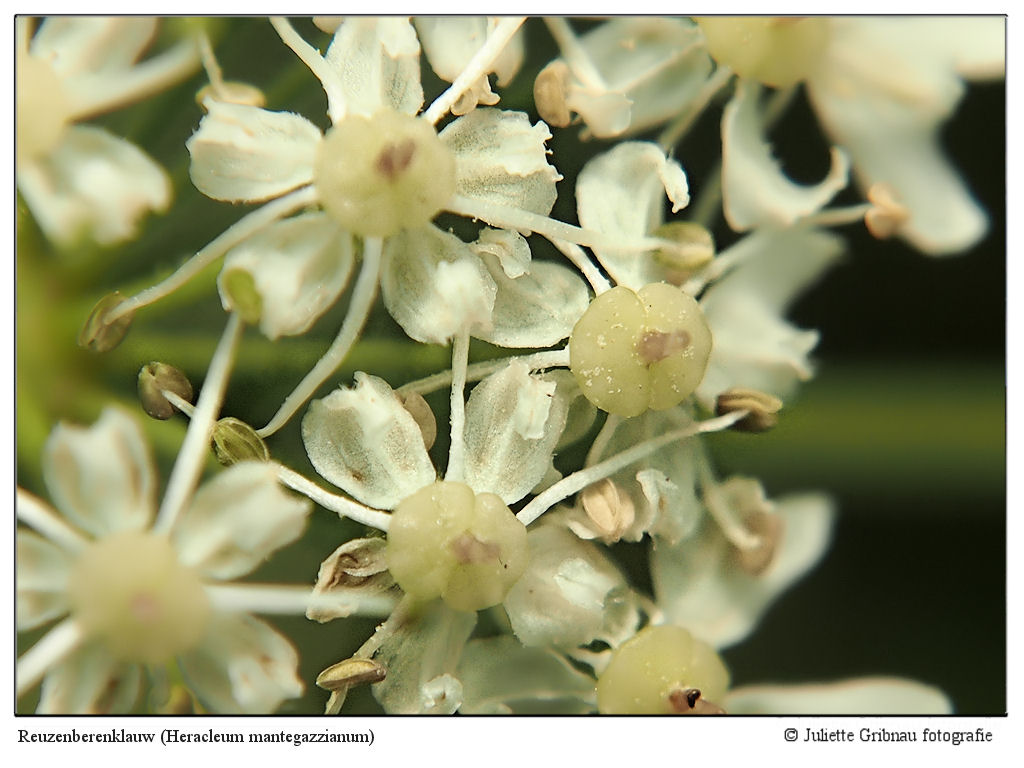
The Photographic Community for Users of Olympus micro 4/3 digital cameras and E-series DSLRs
| Home | Login |
Search
Forum
Actions
New Document
New Folder
List Folders
List Documents
List Groups
List Users
Camera resources
Olympus 4000
Olympus 4040
Olympus 5050
Olympus 5060
Olympus 7070
Olympus 8080
Olympus E-M1 II
Olympus E-M5
Olympus E-P1
Olympus E-P2
Olympus E-PL1
Olympus E-PL3
Olympus E1
Olympus E3
Olympus E30
Olympus E300
Olympus E330
Olympus E400
Olympus E410
Olympus E420
Olympus E500
Olympus E510
Olympus E520
Olympus E620
m4/3 lenses
Camera FAQs
Terms of Service
Photo contest
Submissions page
Hall of fame
Folders
About this site
Documents
Polls
Private folders
Public folders
Categories
Abstract
Action/Motion
Animal
Architecture
Candid/Snapshot
Cities/Urban
Documentation
Fashion/Glamour
Historical
Landscape
Macro
Miscellaneous
Nature
Night/Low light
People
Polls
Sand and Sea
Sky
Tourist/Travel
Contact Us
Reuzen Berenklauw
| Photographer: | juliette gribnau |
|---|---|
| Folder: | Flowers-Bloemen |
| Uploaded: | 24-Jul-2014 10:43 CEST |
| Current Rating: | 9.00/2 View all ratings Delete my rating |
| Model release available: | 1 |
| Camera: | Olympus E-M5 |
| Exposure time: | 1/400 s |
| Aperture: | F6.3 |
| Focal length: | 43 mm |
| Lens: | m zuiko 12x50mm |
| Focusing method: | Spot |
| ISO: | 200 |
| White balance: | Clouds |
| Flash: | no |
| Image format: | SHQ |
| Processing applied: | resize |
| Various: | |
| Image resized to: | 768x1024 |

NO SUBJECT
Lovely shot of the tiny flowers of a Giant Hogweed in the last year of its' life - they are monocarpic and so die after they've set seed. My kids used to call them Triffids, partly because of their height and partly because we regularly passed a grass verge where a couple grew, each year they seemed to come up a little further down the road, almost as if, like Wyndham's Triffids, they were walking slowly.
Ken Thomas at 13:28 CEST on 25-Jul-2014 [Reply]
NO SUBJECT
Ken Thomas wrote:
> Lovely shot of the tiny flowers of a Giant Hogweed in the last year of its' life - they are
> monocarpic and so die after they've set seed. My kids used to call them Triffids, partly
> because of their height and partly because we regularly passed a grass verge where a couple
> grew, each year they seemed to come up a little further down the road, almost as if, like
> Wyndham's Triffids, they were walking slowly.
>
thanx Ken.... these plants are very posonous... it feels like being bitten by an army of ants
juliette gribnau at 18:12 CEST on 25-Jul-2014 [Reply]
writing on image
Too bad I can't copy paste the latin name from the images to search it, it takes me forever to switch form one page to the next trying to copy it into a search engine a few letters at a time. I can only copy the Netherlands name at the top of the image.
This appears to be related to our Cow Parsnip, which like all plants with white milky sap can cause dermatitis scaring, though the indigenous people use to prepare the roots to make them edible.
This plant, the Water Hemlock, Poison Hemlock and Water Parsley all have similar yet very different flowers, the Poison Hemlock actually have seperate Ovaries, verses these fused double ovaries.
Scott Peden at 20:10 CEST on 25-Jul-2014 [Reply]
NO SUBJECT
Scott Peden wrote:
> Too bad I can't copy paste the latin name from the images to search it, it takes me forever
> to switch form one page to the next trying to copy it into a search engine a few letters at
> a time. I can only copy the Netherlands name at the top of the image.
>
> This appears to be related to our Cow Parsnip, which like all plants with white milky sap
> can cause dermatitis scaring, though the indigenous people use to prepare the roots to make
> them edible.
> This plant, the Water Hemlock, Poison Hemlock and Water Parsley all have similar yet very
> different flowers, the Poison Hemlock actually have seperate Ovaries, verses these fused double ovaries.
>
Scott... will it help you if I add the latin name into the ttitle of the image ??
juliette gribnau at 06:53 CEST on 26-Jul-2014 [Reply]